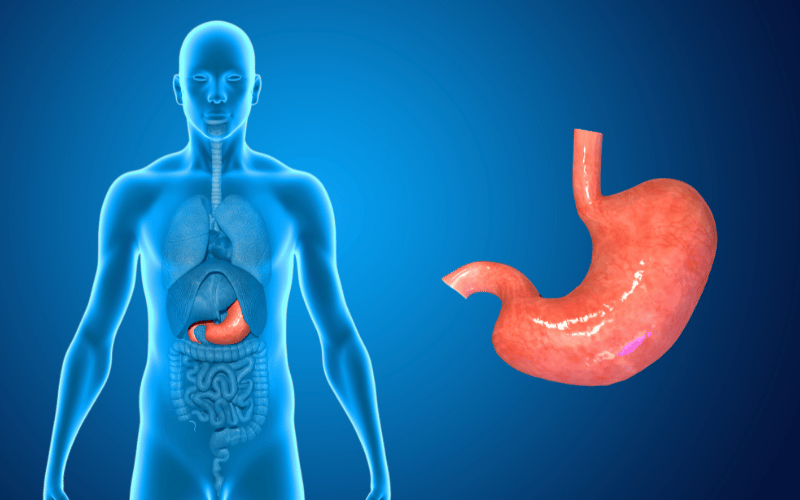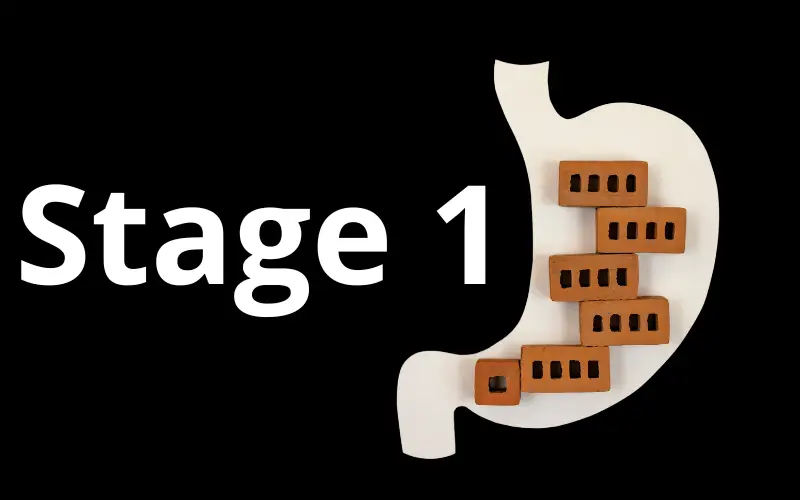Introduction: Defining a Hiatal Hernia

At its core, a hiatal hernia occurs when a section of the stomach pushes upward, moving past its regular position and through the diaphragm. The diaphragm, an essential muscle responsible for breathing, separates the chest from the abdomen. While this condition might not always be life-threatening, it can lead to discomfort and other significant symptoms.
The reason why the stomach protrudes through the diaphragm is not always clear-cut. Causes can range from congenital conditions (meaning they’ve been present since birth) to physical strains like persistent coughing or heavy lifting. Age and certain lifestyle choices can also increase the likelihood of developing this condition.
As with many medical conditions, not all hiatal hernias are the same. They are classified into different stages, with each stage having its own set of symptoms and potential complications. Recognizing these stages and their symptoms can be the key to early detection and effective treatment.
Stage 1: Sliding Hiatal Hernia – Unraveling the Basics

The sliding hiatal hernia is the entry point in our journey through the stages of this condition. Representing the majority of hiatal hernia cases, this type manifests when both the stomach and a section of the esophagus connected to the stomach find their way into the chest cavity.
What’s intriguing about the sliding hiatal hernia is its elusive nature. Many individuals harboring this type are blissfully unaware, given the lack of pronounced symptoms. But why does it occur? In most cases, an increase in abdominal pressure or a weakening of the diaphragm’s esophageal hiatus might be the culprits.
The onset of a sliding hiatal hernia might be stealthy, but certain signs can act as telltale indicators. Heartburn, especially post meals or during nighttime, can be a consistent companion. This heartburn often feels like a burning sensation, creeping up from the stomach and sometimes reaching as far up as the throat.
Another symptom that might raise eyebrows is frequent burping. This isn’t your occasional post-meal belch but rather a more frequent and sometimes forceful release of air. This happens due to the stomach’s shifted position, leading to an increased release of gas.
Regurgitating food or liquids can be another symptom. Imagine having a meal and then feeling parts of it making an unwelcome return. This regurgitation isn’t always due to overeating but is often a sign of the stomach’s changed dynamics due to the hernia. (1)